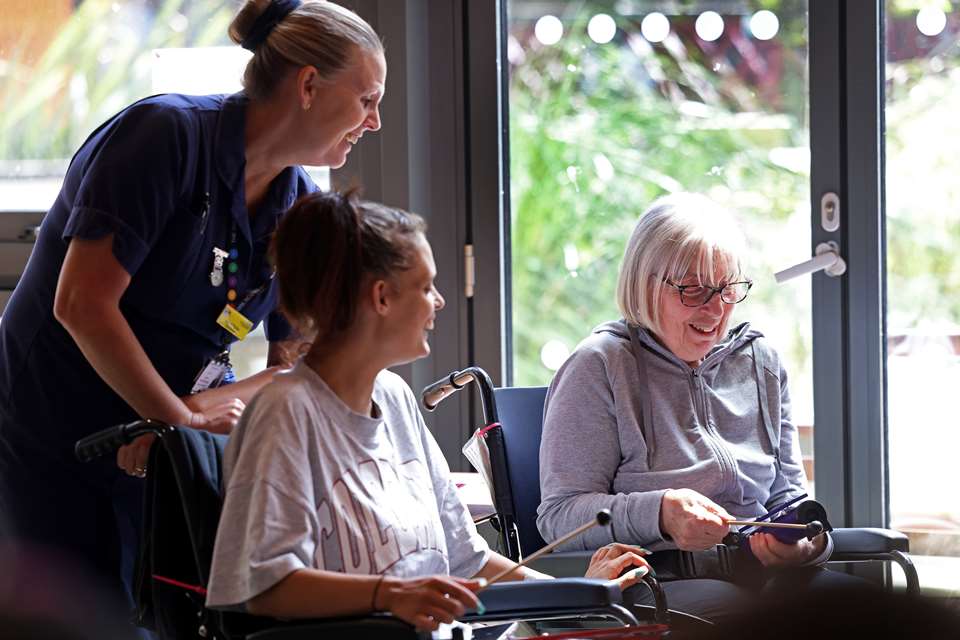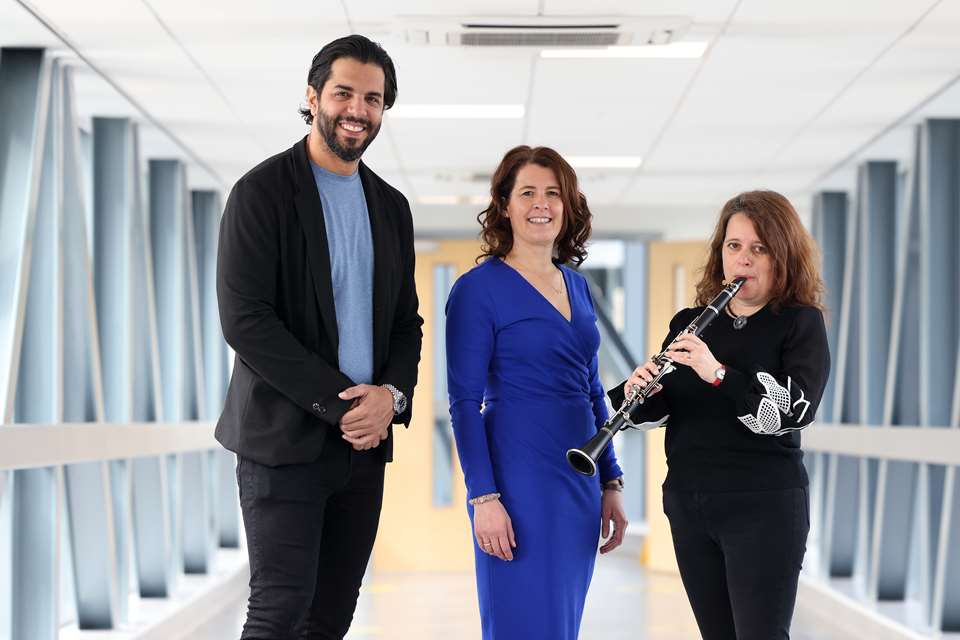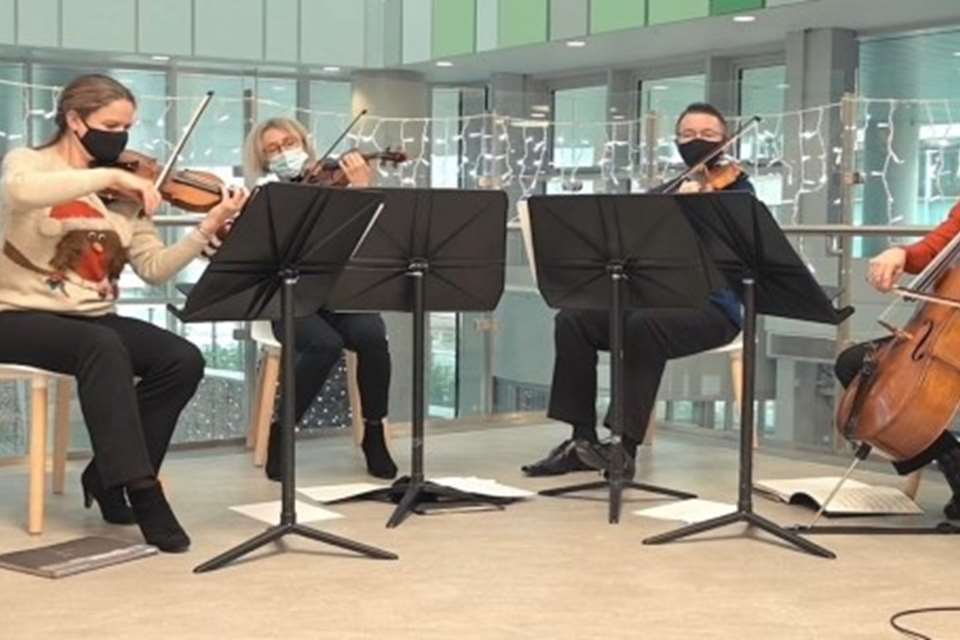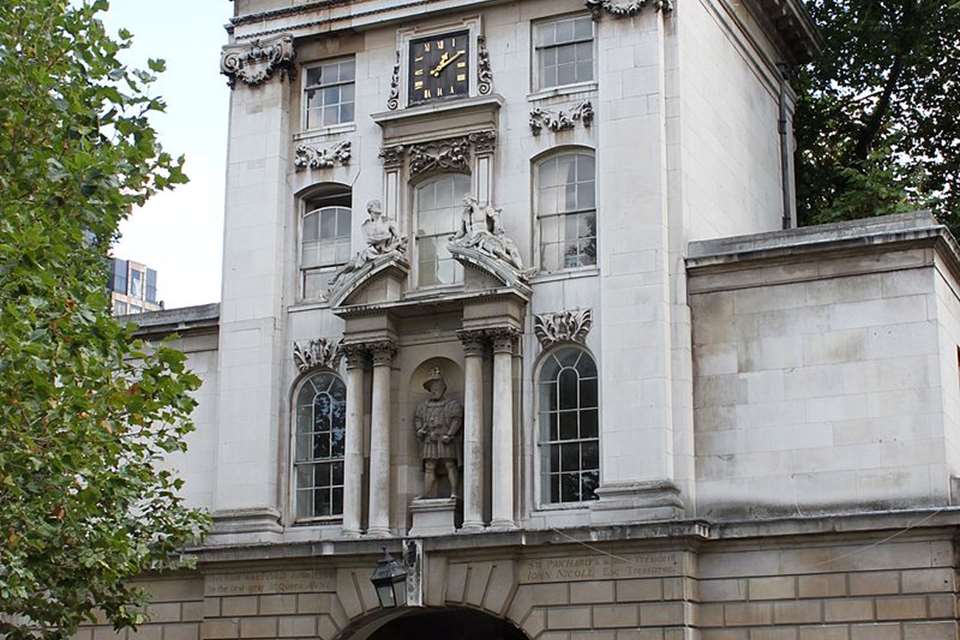ABO report warns ‘inflexible business models’ prevent orchestras from engaging with healthcare
Florence Lockheart
Monday, March 4, 2024
The Orchestras in Healthcare report recommends that orchestras ‘engage fully’ with arts managers within the healthcare sector, offer more training and collect more information about the impact of their work in the field
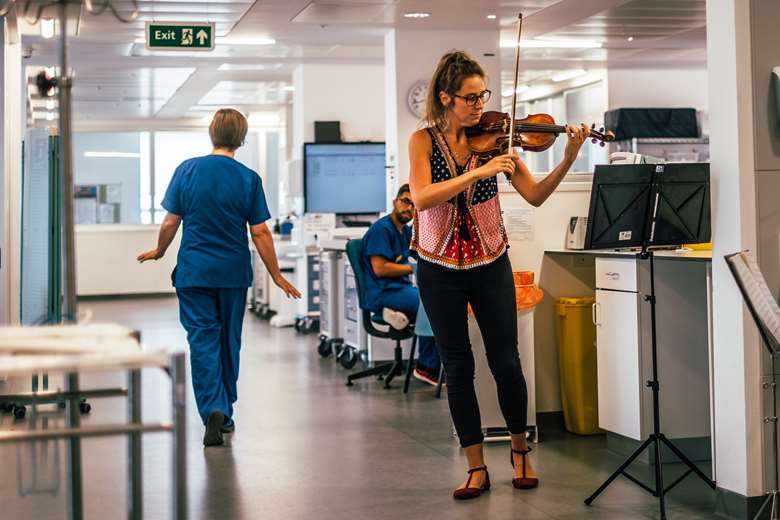

Register now to continue reading
Don’t miss out on our dedicated coverage of the classical music world. Register today to enjoy the following benefits:
- Unlimited access to news pages
- Free weekly email newsletter
- Free access to two subscriber-only articles per month
